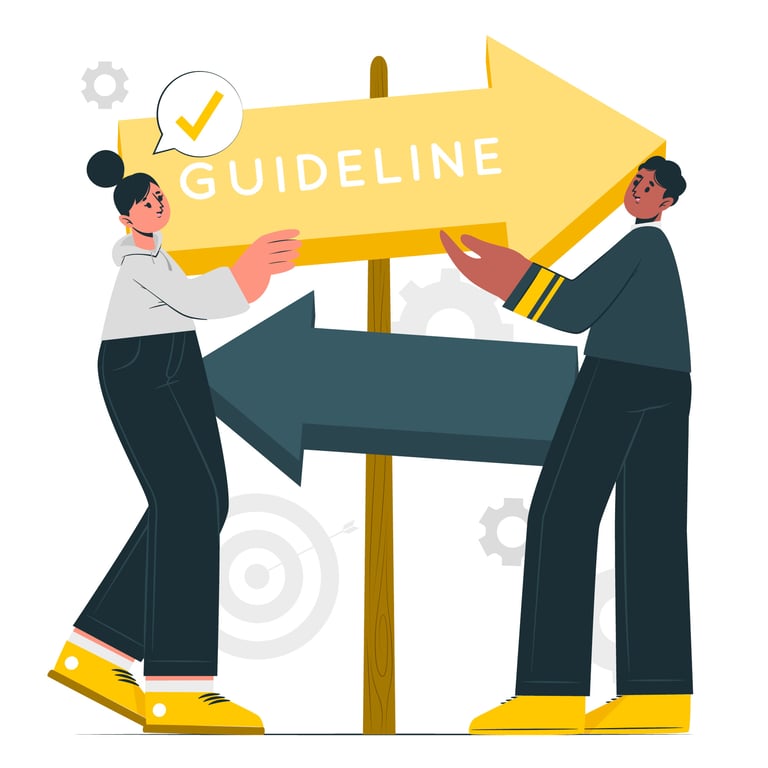A/B Testing
Unlocking Product Potential Through Data-Driven Decisions
What is A/B Testing?
A/B testing, also known as split testing, is a method used to compare the performance of two variations against one another to determine which one performs better. In product management, A/B tests are commonly used to identify the most effective option among different versions of a feature, interface, or other product elements. For instance, two versions of a new user interface could be tested, and the one that garners the most user engagement would be deemed the winner.
How Does A/B Testing Work?
A/B testing involves showing multiple versions of an asset—such as an ad, email, or web page—to randomly selected user groups and then analyzing the results. By measuring real user engagement rather than theoretical responses, A/B testing provides actionable insights into user preferences and behaviors.
Benefits of A/B Testing
Focused Testing: Allows for specific elements to be tested, such as a call-to-action button or subject line.
Immediate Results: Offers quick feedback that is easy to analyze.
Real Engagement Measurement: Unlike surveys, A/B tests measure actual user interactions, providing more reliable data.
Why is A/B Testing Valuable?
A/B testing enables teams to make direct comparisons between variants, ensuring that results reflect how real users respond to specific changes. For example, sending two different sales emails can indicate which message performs better, but it won't pinpoint which specific element resonated most. A/B testing, however, can isolate single elements—like a subject line or call-to-action—to determine their impact. Over time, this process helps build an asset that truly resonates with the target audience.
Why Should Product Managers Use A/B Testing?
Although traditionally a tool for marketing, A/B testing is invaluable for product managers aiming to develop better products. By experimenting with multiple versions of a feature or layout, product managers can learn which variant users prefer, leading to more user-centric product designs.
How to Run an A/B Test
Running an A/B test involves a systematic approach, typically following these five stages:
Stage 1: Determine the Data You’ll Capture
Before building your experiment, decide what types of information you'll collect and analyze. This step ensures you don’t waste resources on an experiment where results can’t be accurately measured.
Stage 2: Develop Your Hypothesis
Formulate a theory about how users will react to a specific element of your product. For instance, you might hypothesize that users prefer a certain sequence of steps to complete a task.
Stage 3: Build Your Experiment
Create variants of your feature, differing in the element you wish to test. Define your user segments and metrics. Will you use surveys or usage data to measure preferences?
Stage 4: Run Your Test
Distribute the different versions to your user segments and monitor their responses. Ensure you gather enough data to achieve statistically significant results.
Stage 5: Measure Your Results
Analyze the data to determine which variant performed better. Use these insights to inform your product decisions.
Conclusion
A/B testing is a powerful tool for refining product features and ensuring they resonate with users. By continuously running A/B tests, teams can validate hypotheses with real-world data and develop products that meet user needs more effectively. For product managers, this means building better products that drive engagement and satisfaction.
A/B testing empowers product teams to make data-driven decisions, fostering continuous improvement and innovation. Start leveraging A/B testing today to enhance your product development process and deliver exceptional user experiences.







